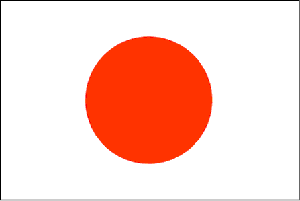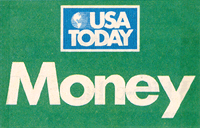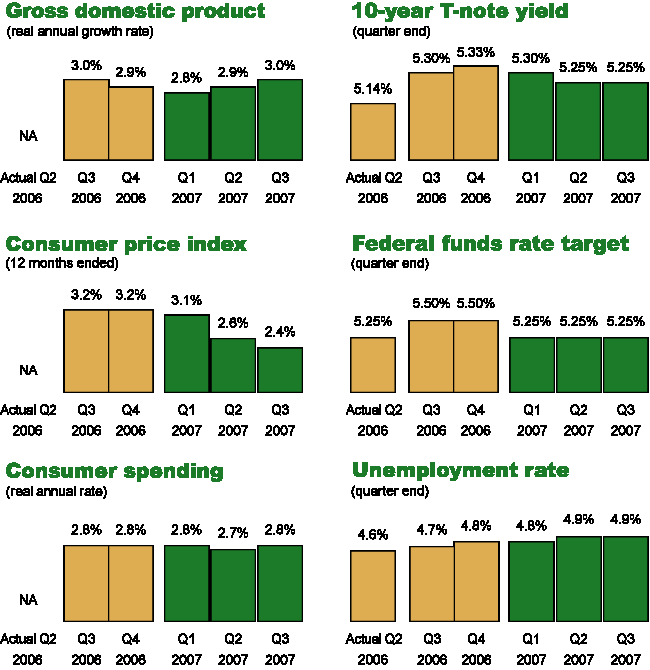|
July 19, 2006
Rising Sun
Written by Jeff Thredgold, CSP, President, Thredgold Economic Associates
Japan’s economy is finally on the mend…
That nation’s central bank…the Bank of Japan…similar to our Federal Reserve, boosted its key short-term interest rate from essentially zero to 0.25% on July 14 as expected. This was the first rate increase in five years.
 The Japanese economy has been through the economic wringer over the past 15 years. Powerful Japanese economic growth of the 1980s led many experts to conclude that Japan’s domination of the global marketplace was a foregone conclusion. The 21st Century was to be ruled by Japan… The Japanese economy has been through the economic wringer over the past 15 years. Powerful Japanese economic growth of the 1980s led many experts to conclude that Japan’s domination of the global marketplace was a foregone conclusion. The 21st Century was to be ruled by Japan…
…history didn’t quite work out that way
Prices of various Japanese assets including stocks, residential real estate, commercial real estate, etc. had climbed to unsustainable levels in the late 1980s, with most purchases utilizing borrowed money. When these asset values finally returned to more reasonable levels, lenders of all types were left with hundreds of billions of dollars (OK, yen) of largely worthless loans.
Many Japanese refer to the 1990s as “the lost decade”…a long period characterized by weak consumer and corporate balance sheets, trashed investment portfolios, and mind-numbing pessimism. Gloom was pervasive, with widespread longing for “the good old days.”
Government Stimulus
The Japanese government implemented one major spending program after another to jumpstart the economy, with limited success. The private sector economy was extremely gun-shy for many years.
The combination of one government stimulus program after another, all funded by deficit spending, soon led the Japanese to the top ranking in a competition no one wants to lead…
…the Japanese now have the largest debt-to-GDP ratio in the industrialized world
We have high levels of anxiety in the U.S. regarding our $8.4 trillion gross national debt. Such debt compares to annual U.S. economic output exceeding $13 trillion …with our gross national debt at roughly 64% the size of the American economy…
Japan’s national debt is 160% the size of its economy!
Deflation
One by-product of Japan’s economic demise during the 1990s was the emergence of deflation…modest declines in the value of all types of real estate and other assets…soon followed by a modest decline in wages. History tells us that dealing with the ravages of deflation is much more challenging than restraining inflation pressures.
Deflation continued for eight years, ending during the past 18 months. Japan’s central bank had essentially flooded the economy with excess money as a means of stimulating growth and to reverse the decline in asset values. A return to very low inflation has been the result, with prices up 0.5% during the past 12 months.
From Here?
Japan’s economic recovery of the past 18-24 months has been led by more aggressive consumer spending, a rise in capital investment by Japanese companies, and a surge in exports…to China. Most forecasters expect reasonable growth to continue.
By most measures, Japan still ranks as the global community’s second largest economy. Japan still accounts for nearly 60% of Pacific Rim economic output.
Modest Japanese economic growth expected in coming years is good news for its neighbors and for the U.S. At the same time, much stronger economic growth in China suggests that the battle to be “top dog” in the Pacific Rim over the next 20 years will be worth watching…
…stay tuned

|

|
Quarterly economic survey
The USA TODAY survey of 54 top economists was conducted July 7-12. Actual 2nd quarter 2006 numbers (if available) and median forecasts through 3rd quarter 2007:
|
|
USA TODAY • Monday, July 17, 2006
|
|
|

Survey participants: Scott Anderson, Wells Fargo Bank; Nariman Behravesh, Global Insight; Richard Berner, Morgan Stanley; David Berson, Fannie Mae; Kathleen Camilli, Camilli Economics; J. Dewey Daane, Vanderbilt University; Richard DeKaser, National City; Rajeev Dhawan, Georgia State University; Douglas Duncan, Mortgage Bankers Association of America; William Dunkelberg, National Federation of Independent Business; Mike Englund, Action Economics; Gail Fosler, The Conference Board; Lyle Gramley, Stanford Washington Research Group; Ethan Harris, Lehman Brothers; Maury Harris, UBS; Stuart Hoffman, PNC Financial Services Group; David Huether, National Association of Manufacturers; Saul Hymans, University of Michigan; Bruce Kasman, JPMorgan Chase; Paul Kasriel, The Northern Trust; Irwin Kellner, North Fork Bank; David Kelly, Putnam Investments; David Lereah, National Association of Realtors; Timothy Martin, Bank of America; Ken Mayland, ClearView Economics; Tim McGee, US Trust; Ed McKelvey, Goldman Sachs; Dan Meckstroth, Manufacturers Alliance/MAPI; Jim Meil, Eaton; Gregory Miller, SunTrust Banks; Joel Naroff, Naroff Economic Advisors; Frank Nothaft, Freddie Mac; Joel Prakken, Macroeconomic Advisers; Maria Ramirez, Maria Fiorini Ramirez; Donald Ratajczak, Consulting economist for Morgan Keegan; Martin Regalia, U.S. Chamber of Commerce; David Resler, Nomura Securities International; Timothy Rogers, Briefing.com; David Rosenberg, Merrill Lynch; Christopher Rupkey, The Bank of Tokyo-Mitsubishi UFJ; John Ryding, Bear, Stearns; David Seiders, National Association of Home Builders; Robert Shrouds, DuPont; Allen Sinai, Decision Economics; James Smith, Parsec Financial Management; Sean Snaith, University of the Pacific; Sung Won Sohn, Hanmi Bank; Gary Thayer, A.G. Edwards; Jeff Thredgold, Thredgold Economic Associates; Brian Wesbury, First Trust Advisors; Steven Wood, Insight Economics; David Wyss, Standard & Poor’s; Rich Yamarone, Argus Research; Mark Zandi, Moody’s Economy.com

“Tea”ser
The best vitamin for making friends?…B1
—Scott Friedman
|

